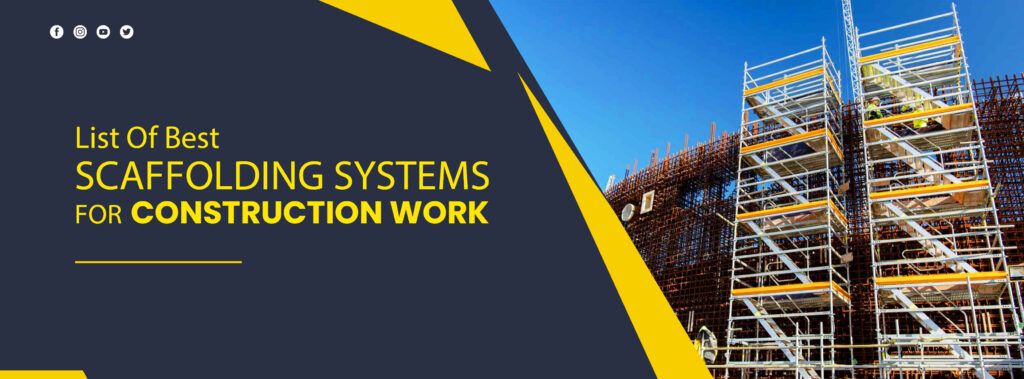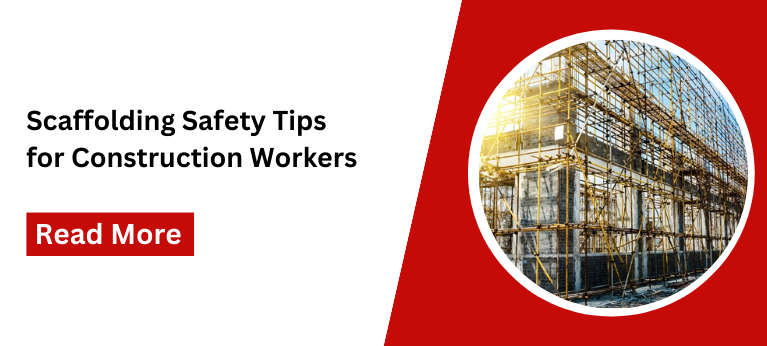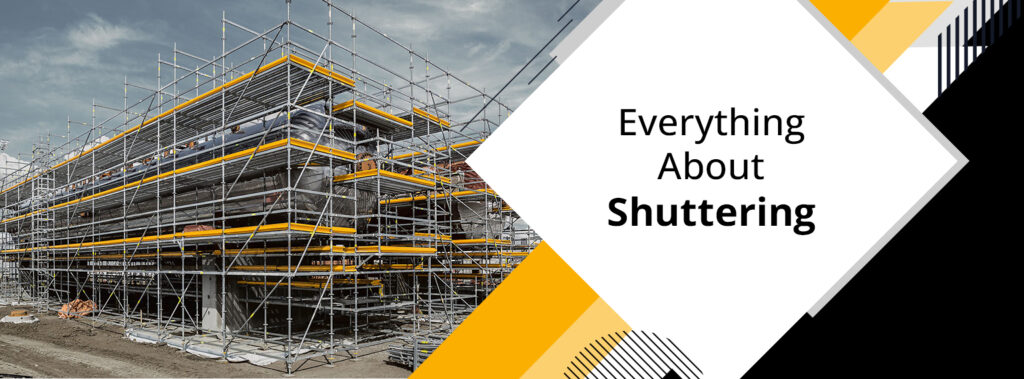Formwork has always been one of the significant parts of the construction without which the creation of a base will become a matter of hindrance. It is a process that follows creating all temporary or permanent forms or molds. It is done using concrete which is considered to be cast-in-situ. Together, with all the temporary construction basics, the formwork will provide the structure the required support for safety, and durability.
The Formwork Function For Both Centering & Shuttering In Construction:
It is considered to be one of the strongest forms of technology that is enough to withstand the dead and line loads as well as the forces caused by the ramming and vibration of concrete. It is also enough to hold the weight of the incidental loads that are normally imposed upon it during and after the casting of concrete is done.
Moreover, it is made sufficiently, rigid by the utilization of an adequate number of ties and braces. It also includes screw jacks or hardboard wedges. To make up any settlement in the formwork either before or during the placement of concrete is when these hardboard wedges are noticed.
Forms are constructed in a way to be removed in the sections following the desired sequence. Moreover, it is done so without damaging any surface of concrete or disturbing other sections.
Design And The Tolerance Of The Shuttering And Centering Framework:
The formwork is mainly designed and constructed keeping in mind the shapes, lines, and dimensions with the tolerance of the concrete. As the concrete will be applied to it on dimensions only, and not the vertical steel or dowels, it makes all the difference. The design is normally based on structure.
Material Used For The Formwork:
All proposing and centering of the formwork has to be done either using steel tubes with the extension pieces or should be built-up of sections of rolled steel. Namely, the staging should be designed in a way to align itself with required extension pieces. This factor will ensure that the construction of proper slopes has taken place as per design for the slabs and beams.
All the staging of the construction should be done either to Tubular steel structure. Moreover, it should include an adequate amount of bracings as required. If not, then it should be made of built-up structural sections further made from rolled structural steel sections.
The Essence Of Shuttering
Stuttering is normally used to ensure sufficient stiffness to avoid any excessive amount of deflection. To get it done, the joints of the shuttering procedure require to be tightly butted to avoid any form of leakage of slurry. It is also used for the concerning keeping in mind that it needs to be sufficiently stiffened.
One of the major materials that signify strength is steel shuttering. The steel shuttering should be stiff, free from bends as well as dents, etc. It should also be properly cleaned to avoid any form of stains, honeycombing, and seepage of slurry through joints. In such cases, the rolled steel joist, or the mild steel channel will be used as runners.
Meanwhile, the beam head will work as an adopter as it will fit the structure as snugly as possible on the head plates of props. The function of this is to deliver the structure with wider support under beam bottoms.
Ending note:
Formwork is the foundation that ensures that the safety, as well as the base of any structure, is strengthened. After the completion of the formwork, it has to be inspected for conformance keeping in mind that it matches with the drawing. It also has to be approved before the reinforcement bars are placed in the position and recorded in the pour card. One can say, it gives the structure the form, or, the essence.



